Writing Teaching Resources
Teaching writing strategies and the writing process this school year? Explore a comprehensive collection of teacher resources for elementary and middle school ELA teachers — all created by teachers!
Stocked with graphic organizers, writing prompts, templates, worksheets and so much more, this collection of printable and digital activities is designed to help you as you help your students become more effective communicators and unleash their creativity and imagination.
Save time on lesson planning with resources that have been through a careful review process by an expert member of our teacher team to ensure they're ready for your classroom and your students!
Are you looking for tips and tricks to add to your teacher toolkit this school year? Read on for a primer from our teacher team, including engaging activities for teaching writing in elementary and middle school and a look at some of the different writing strategies your students will need to learn.
11 Writing Strategies Kids Should Know by the End of Middle School
We can't talk about teaching kids to write without talking about the different writing strategies that can help them do just that!
When it comes to teaching our students to become confident writers who articulate their ideas effectively, here are some of the strategies our teacher team prioritizes:
1. Brainstorming
Brainstorming is something we often do in the classroom, and it's a crucial part of learning to generate the ideas that will drive students' writing as they progress through their educational journey. Kids should know how to create a list of potential topics or points related to a particular writing assignment.
With younger students, this is often done as a whole group by writing ideas and points on chart paper. In upper grades, students transition over to using text-based materials to generate ideas and talking points.
2. Outlining
Before diving directly into any assignment, our students should be able to create a structured framework or outline. Teaching students how to create this outline will help them organize their thoughts and arguments for penning their essays, reports and research papers.

3. Using Graphic Organizers
Technically graphic organizers are classroom tools, so you may not think of their use as a writing strategy per se. However, learning to use these tools is another means of providing kids with the tools they need to organize their ideas and information before they sit down to write.
These organizers are particularly useful for expository writing — students can use them to outline main ideas, supporting details, and transitions.
Students can also take advantage of story maps when they are working on narrative writing to plot the key elements of a story, such as characters, setting, conflict, rising action, climax and resolution.
Graphic organizers such as the OREO strategy and hamburger paragraph are also great tools for students to use when working with opinion and persuasive texts.
4. Freewriting
Writer's block is the enemy of creativity, and it can easily frustrate young students who don't know where to begin.
When students freewrite, they write continuously without worrying about grammar or punctuation. This writing strategy can be extremely freeing — hence the name! — and helps frustrated writers move past that writer's block, generating fresh ideas.

5. Peer Editing
Learning to review and provide constructive feedback on each other's work is a great writing strategy to employ in your classroom to help students improve their writing quality and enhance their editing skills.
The strategy allows your students to learn from one another, and it arms them with an important tool they can use well into the future — calling on peers to provide a critical eye to a piece of writing.
6. Using Sensory Language
Working on descriptive writing? With this writing strategy, students engage the reader's senses through vivid and sensory language to create a more immersive experience.
7. Including Transitions and Connectives
As students become more proficient in the writing process, learning to use transitional words and phrases allows them to create smooth transitions between sentences and paragraphs. This strategy makes their writing more coherent and polished.
8. Incorporating Evidence
In persuasive, opinion, and expository writing, students are taught to support their claims with evidence and examples to strengthen their arguments.
It takes some practice to train your students to use evidence in their writing, so it's often a good idea to start with something simple, like the R.A.C.E.S. strategy.
9. Crafting a Thesis Statement
In expository, opinion, and persuasive writing, crafting clear and concise thesis statements that summarize the main point or argument of their essay helps students be more focused and organized in their writing. This strategy can also have the effect of empowering students to express their ideas confidently and persuasively.
10. Incorporating Introductions and Conclusions
With this strategy, students practice crafting effective introductions and conclusions that grab the reader's attention and leave a lasting impression.
11. Following a Revision Checklist
Teaching your students to use a revision checklist is a strategy that will help them be more self-reflective, evaluating their own writing against the checklist criteria and becoming more aware of their strengths and weaknesses.

- Plus Plan
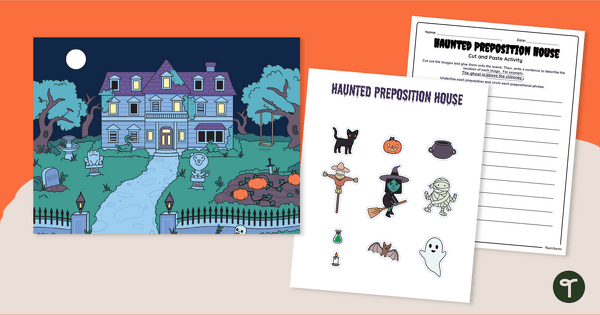
Haunted Preposition House - Halloween Worksheet
Practice using prepositions and prepositional phrases with a a fun and spooky Halloween worksheet!
- Plus Plan
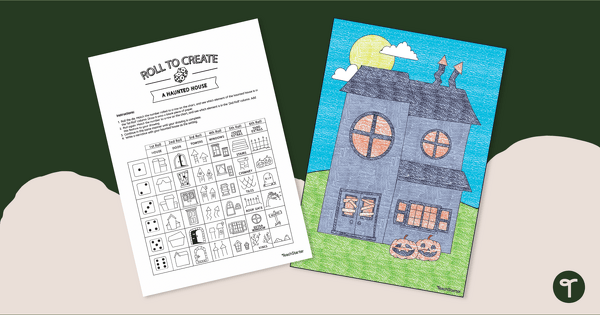
Roll to Create a Haunted House Halloween Activity
Have some spooky Halloween fun with a Roll-to-Create Halloween Art activity.
- Plus Plan
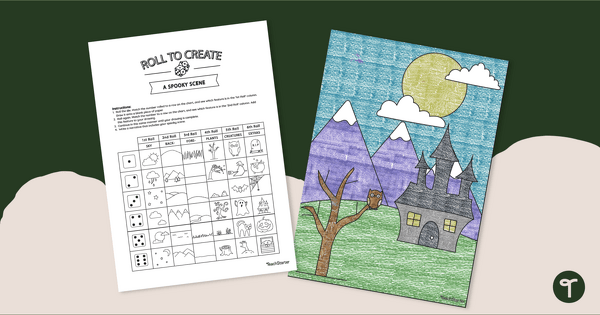
Roll to Create a Spooky Halloween Scene
Create a spooky scene to include in a narrative text using a die and a chart with this fun, hands-on Halloween activity.
- Plus Plan
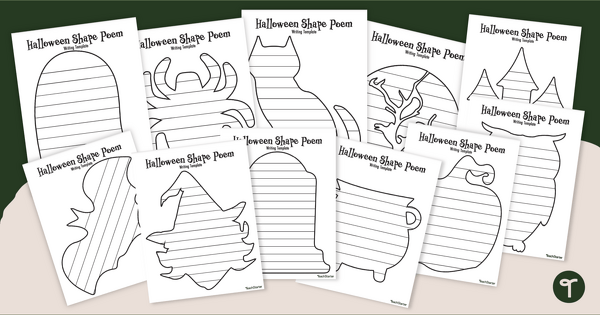
Halloween Shape Poem Templates
Inspire spook-tacular writing this Halloween with a variety of printable Halloween Shape Poem templates.
- Plus Plan
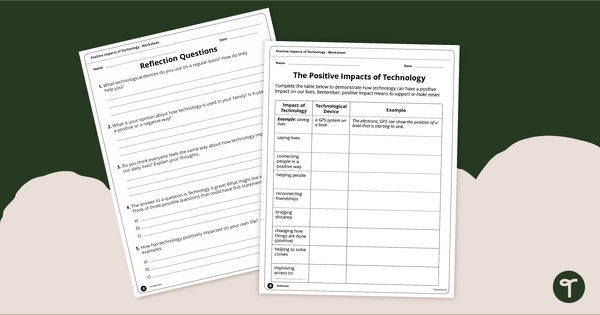
The Impact of Technology - Positive Impacts Worksheet
Exploring the positive impacts of technology in the community with a pair of printable worksheets.
- Plus Plan
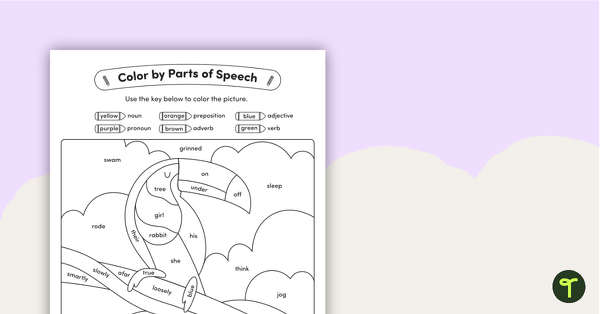
Color by Parts of Speech (Nouns, Verbs, Adjectives, Pronouns, Prepositions, and Adverbs) – Toucan
Practice identifying different parts of speech with this color by code worksheet.
- Plus Plan
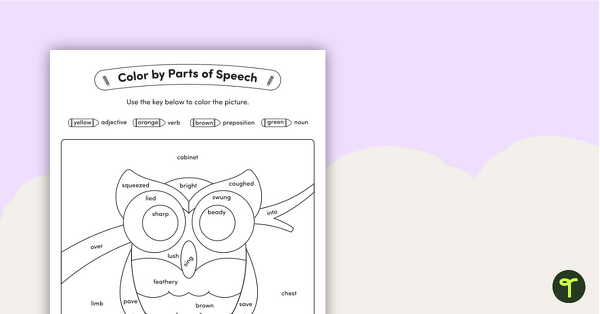
Color by Parts of Speech (Nouns, Verbs, Prepositions, and Adjectives) – Owl
Identify nouns, verbs, prepositions, and adjectives with this color-by-code style worksheet.
- Plus Plan
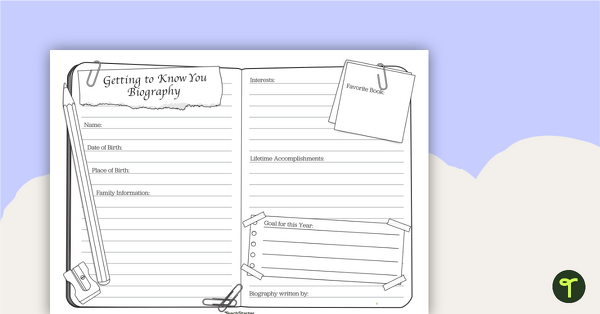
Getting to Know You Biography Template
Help your students get to know each other with a Back to School Biography writing activity.
- Free Plan
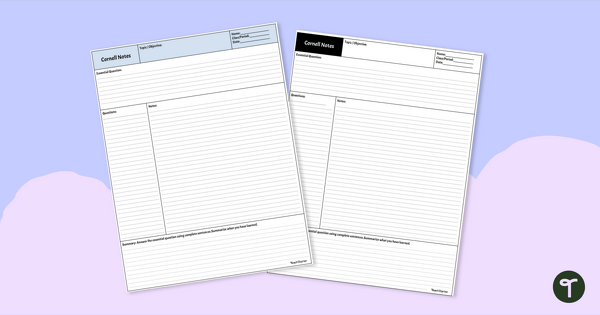
Cornell Notes Template
Help your students organize their notes with a free Cornell Notes Template.
- Plus Plan
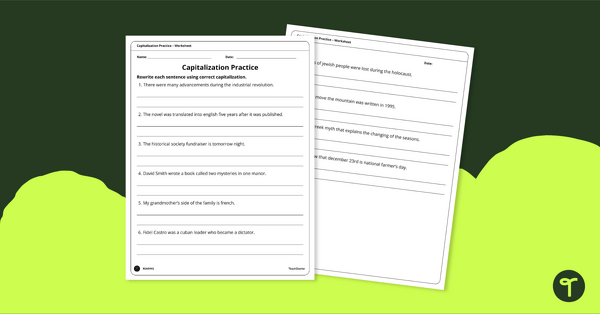
Capitalization Worksheet - Events, Books, Languages, and Nationalities
Practice capitalizing historical periods, events, book titles, languages, races, and nationalities with a printable capitalization worksheet.
- Plus Plan
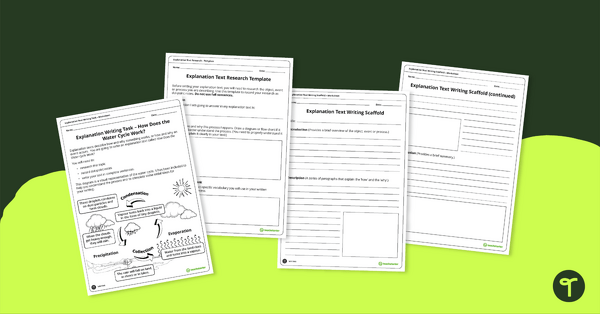
Informative Text Writing Task – How Does the Water Cycle Work?
A scaffolded writing task for students to complete when learning about the informative text type.
- Plus Plan
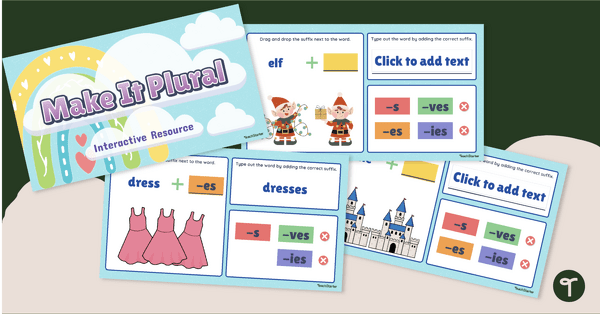
Make It Plural - Google Interactive Resource
Help children grasp the tricky concept of pluralizing nouns with an interactive Google Slides activity.
- Plus Plan
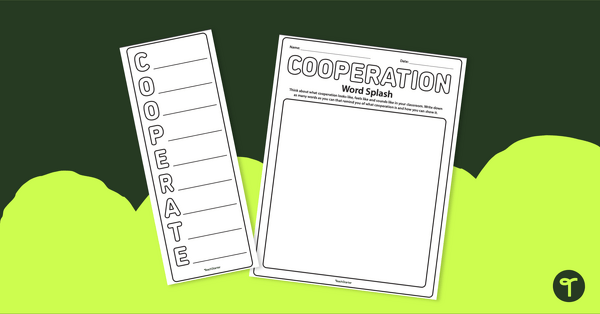
Cooperation Word Splash and Acrostic Poem
Discuss cooperation with your students and write an acrostic poem with a printable word splash worksheet and poem template.
- Plus Plan
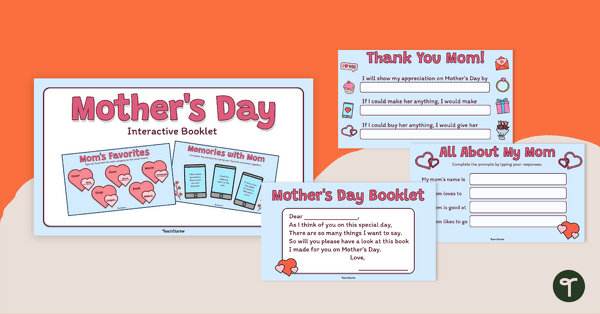
Mother's Day Interactive Booklet
Celebrate Mother’s Day with this digital interactive booklet.
- Plus Plan
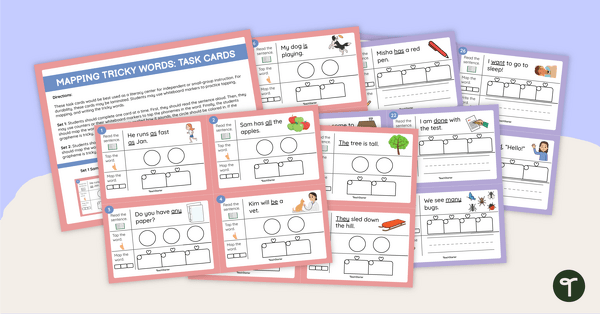
Mapping Tricky Words - Task Cards
Practice identifying the tricky parts in high-frequency words with these differentiated sets of tricky word mapping task cards.
- Plus Plan
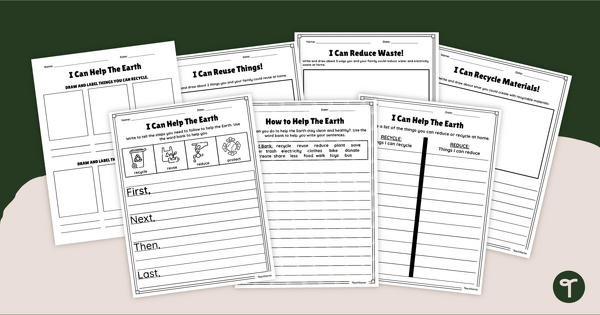
Recycling Writing Prompts - Earth Day Worksheets
Differentiate writing instruction in primary grades with informational writing prompts about recycling and conservation.
- Plus Plan
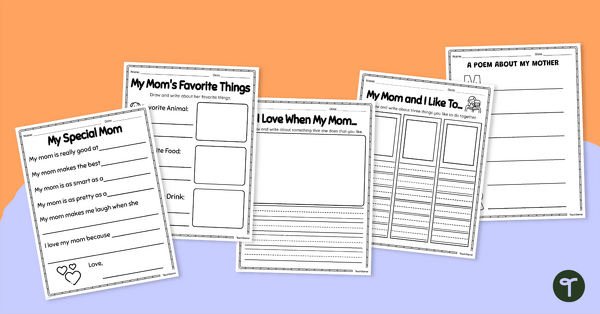
Mother's Day Worksheets
Complete these Mother’s Day related worksheets to pop in a Mother’s Day card.
- Plus Plan
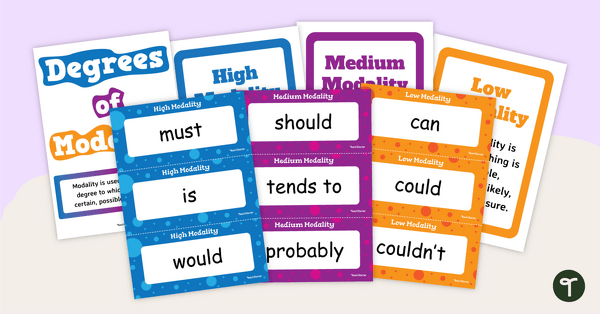
Persuasive Words – Modality Word Wall with Information
Immerse your students in high, medium and low modality words with this set of 56 word wall cards.
- Plus Plan
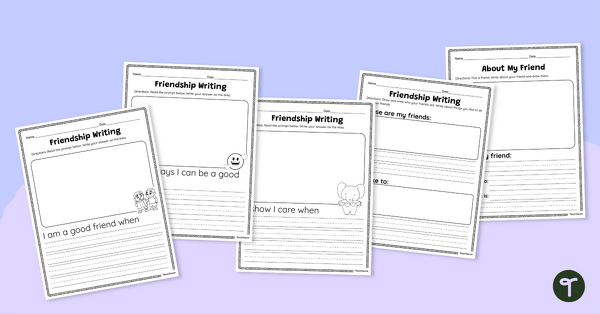
Friendship Writing Prompts
Encourage positive relationships by using our friendship writing prompts in your classroom.
- Plus Plan
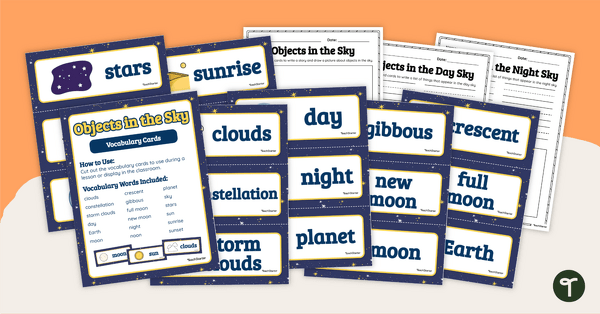
Objects in the Sky – Vocabulary Cards and Writing Templates
Create a vocabulary and writing center with a word wall and writing templates that cover objects in the sky.
- Plus Plan
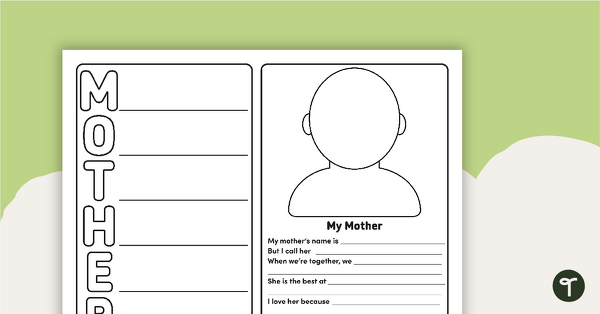
Mother's Day Acrostic Poem
Create a special keepsake for mom, grandma, aunt, or another special lady with a Mother’s Day acrostic poem template.
- Plus Plan
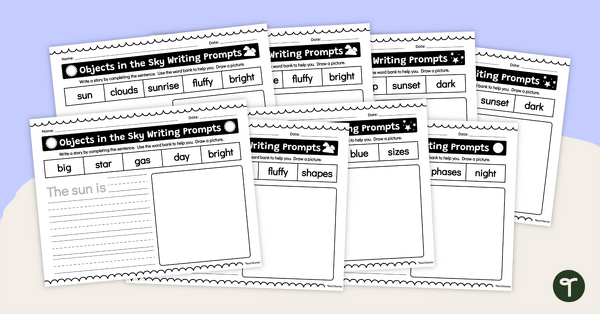
Objects in the Sky – Writing Prompts
Describe objects in the sky such as the clouds, moon, and sun with this set of 8 writing prompts.
- Plus Plan
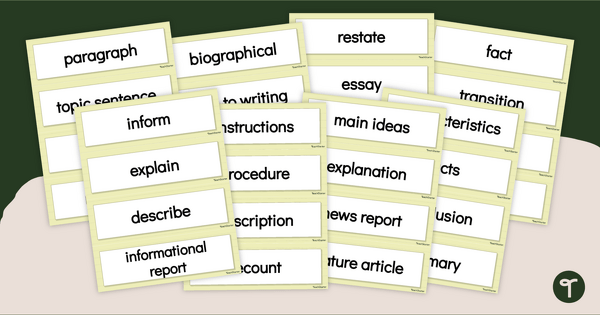
Informative Writing Word Wall
Display key vocabulary related to informative writing with a set of 48 word wall cards.
- Plus Plan
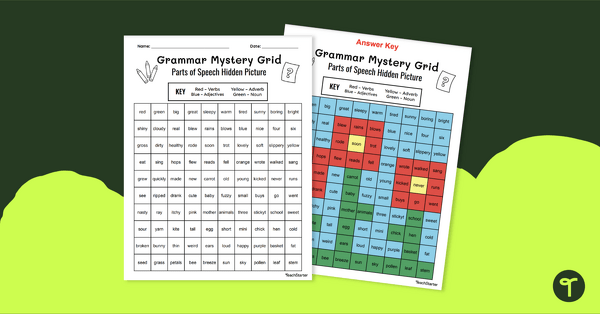
Parts of Speech - Color by Code Worksheet
Follow the color code to reveal the mystery image with a fun color-by-code worksheet.
- Plus Plan
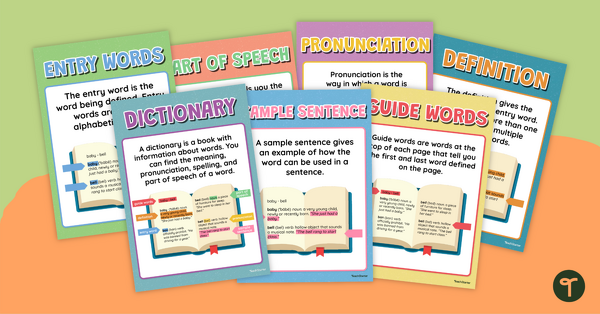
Parts of a Dictionary Poster Pack
Display this poster set in the classroom when learning dictionary skills and the parts of a dictionary.
- Plus Plan
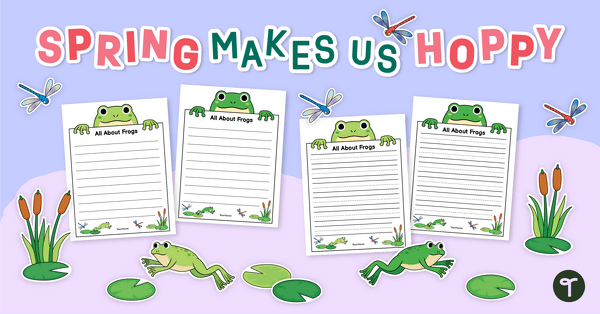
Hop into Informational Writing - Spring Bulletin Board
Celebrate a new season and your budding writers with a new Spring bulletin board display.
- Plus Plan
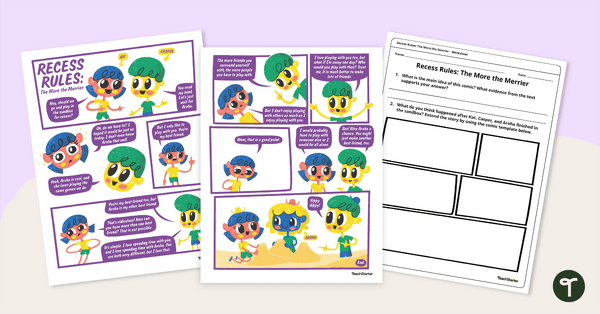
Comic – Recess Rules: The More the Merrier – Worksheet
A comprehension worksheet paired with a comic about the importance of making a variety of friendships.
- Plus Plan
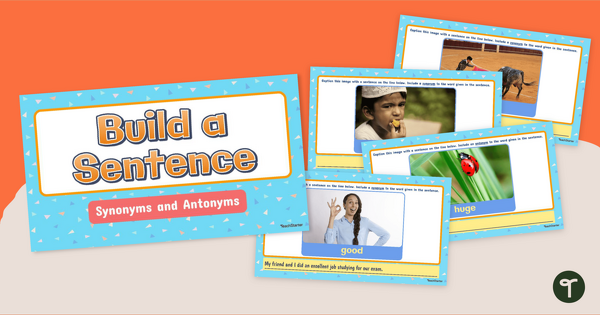
Synonyms and Antonyms - Build a Sentence Interactive
Build strong vocabulary and sentence-writing skills with an interactive synonyms and antonyms sentence-building activity.
- Plus Plan
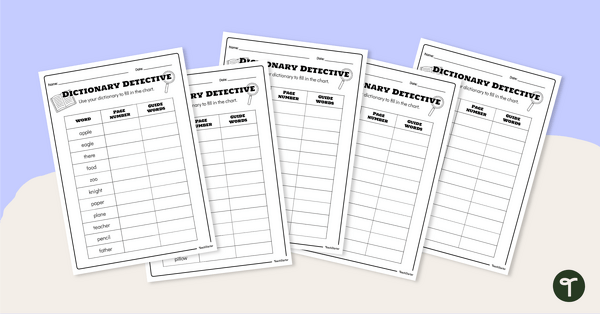
Dictionary Detectives Worksheets
Hunt for guide words and page numbers to practice dictionary skills with these dictionary worksheets.
- Plus Plan

Dictionary Skills Worksheet Pack
Consolidate your students’ knowledge of dictionary skills with this complete worksheet pack!
- Plus Plan
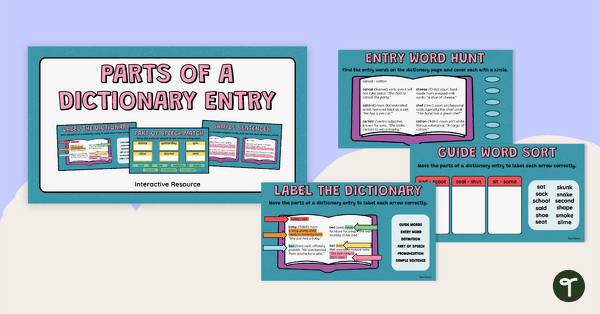
Dictionary Skills Google Slides Interactive Activity
Practice dictionary skills with this engaging interactive activity.
- Plus Plan
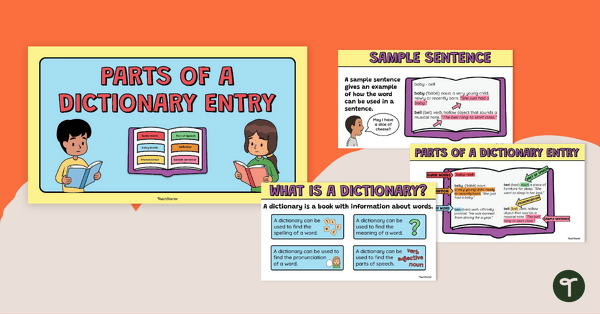
Parts of a Dictionary Entry Instructional Slide Deck
Learn about the different parts of a dictionary with this Instruction Slide Deck.